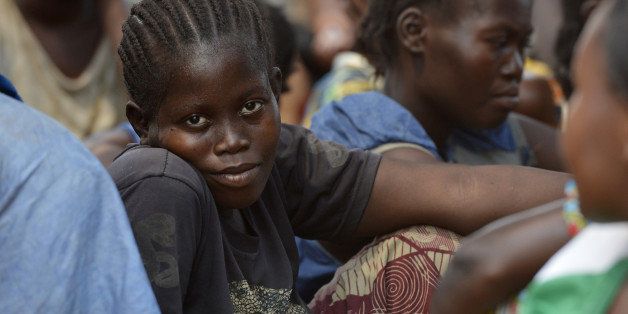
A recent study published in The Lancet finds that an increased investment in health of only five dollars per capita per year in 74 of the poorest countries can result in a nine-fold social and economic return. The Global Investment Framework for Women's and Children's Health, supported by UNFPA, the United Nations Population Fund, the World Health Organization and other partners, shows that small investments in women's and children's health will yield a large return. By making the additional investments needed for life-saving interventions, it would be possible to not only avoid unnecessary deaths, but also have healthier, more productive individuals, communities and countries.
The social and economic benefits, adds the analysis, would include preventing the needless deaths of five million women, 147 million children, and 32 million stillbirths by 2035. Nearly all of the averted maternal deaths would be in low or lower-middle income countries, with two thirds of them in sub-Saharan Africa. The benefits would also include greater gross domestic product growth through increased employment, productivity and personal income.
From UNFPA's perspective, the framework touches a key development area: sexual and reproductive health. A key finding of the analysis reconfirms what UNFPA has always said: That reducing the unmet need for family planning is a primary driver of the benefits, accounting for half of all the deaths prevented in the accelerated investment scenario.
The push by the international community to ensure universal access to sexual and reproductive health, including maternal health, is rightly putting family planning and choices at the heart of our combined efforts. And, to achieve and sustain inclusive development, we must also focus on young people -- in particular young women and girls.
Take, for example, data from developing countries, which show that the majority of boys and girls begin sexual activity between the ages of 15 and 20. Evidence from sub-Saharan Africa indicates that 35 percent of pregnancies among 15 to 19-year-olds are unwanted or mistimed. The vast majority of unmarried, sexually active girls in that region would like to avoid pregnancy for at least two years, but about half of them have an unmet need for family planning. Similarly, in Latin America, nearly half of the unmarried adolescents aged 15 to 19 have an unmet need for family planning. In addition, 90 percent of adolescent pregnancies in developing countries occur within marriage or union, and it is these adolescents who have both the lowest use of contraception, and the highest levels of unmet need.
From a principled standpoint, these are realities that contravene adolescents' human rights. From a pragmatic perspective, these are also expenses and opportunity costs that countries can ill afford.
It is for these reasons that UNFPA is calling for a youth goal to be included in the coming post-2015 development agenda. The scale of the opportunity for a more robust kind of engagement with adolescents is stupendous, and critically so, because the dimensions of its personal, social and economic costs otherwise are great and yet avoidable.
The answers are known, proven, affordable and tested in many different settings around the world: end child marriage -- in law and in practice; give boys and girls unfettered access to comprehensive sexuality education; remove laws that impede their access to information, services, choices and contraception; and provide them with comprehensive integrated community-based health services that welcome, rather than stigmatize them.
And most critically, keep adolescents in school, no matter if they live in rural or urban areas, if they are pregnant or not, if they are married or single. If they are out of school, keep them in education, and provide them with life skills. If they are out of education, keep building opportunities for them to learn and bridge them back into formal learning.
Young people drive change. But it is our decisions that set the ultimate trajectory of that change. We need to give adolescents the choices and tools to fully participate in development, to stay on a safe course from childhood to adulthood, realize their potential, and contribute to their societies.
We know what to do, how to do it and how much it will cost, but, more importantly, how much it will help us save. So there are no excuses: The logic is clear and we must respond with strong commitment and decisive action; we must make it happen now.
____
Dr. Babatunde Osotimehin is United Nations Under-Secretary-General and Executive Director of UNFPA, the United Nations Population Fund.
This article was also published on 15th January 2014 on specialized development website devex.com, which you can access here.
